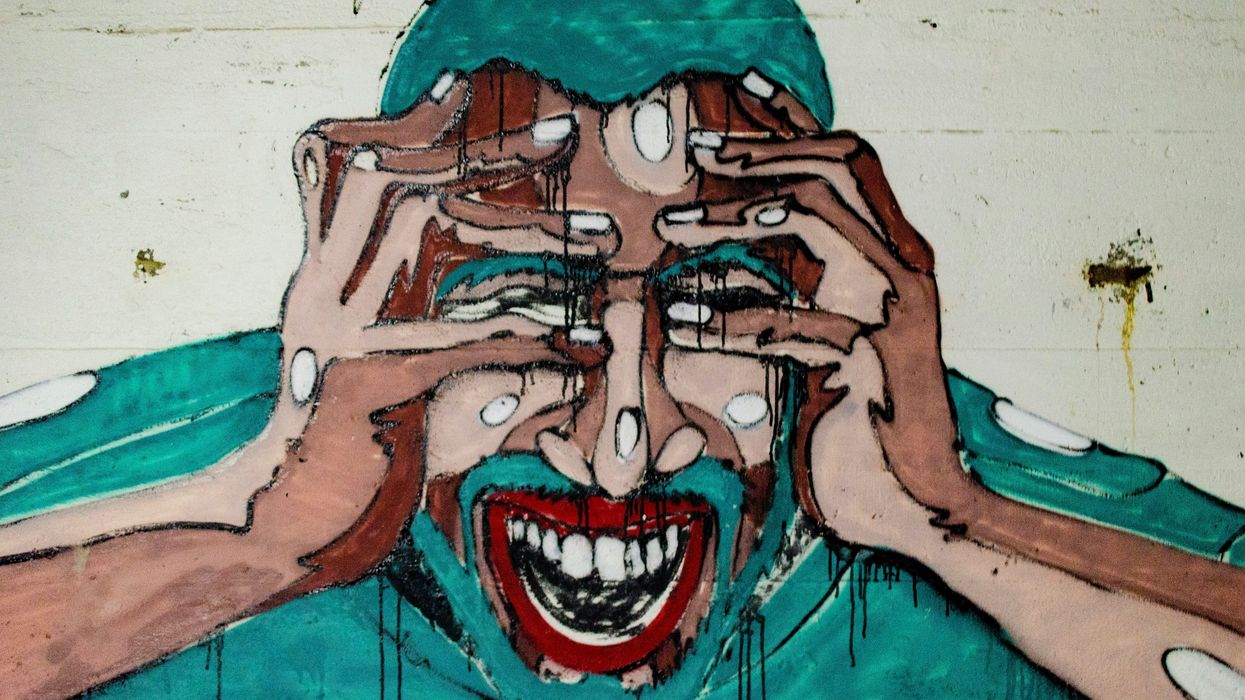Invisible illnesses, often defined as chronic conditions not immediately apparent to others, affect millions of people worldwide. These conditions, which include diseases like fibromyalgia, chronic fatigue syndrome, and mental health disorders such as depression and anxiety, even some forms of cancer, pose significant challenges to those afflicted. Understanding invisible illness is essential for creating a more inclusive and empathetic society, improving healthcare outcomes, and ensuring those affected receive the support they need.
The Nature of Invisible Illness
Invisible illnesses are often chronic and debilitating, affecting an individual's quality of life in profound ways. Unlike visible disabilities, these conditions do not have outward signs, making it difficult for others to recognize or understand the severity of the sufferer's experience. According to the Invisible Disabilities Association, invisible illnesses can encompass a wide range of conditions, including autoimmune diseases, neurological disorders, and mental health issues .
The Impact on Mental Health
Living with an invisible illness can have significant psychological impacts. The lack of visible symptoms often leads to skepticism or misunderstanding from others, including healthcare providers, family, and friends. This can result in feelings of isolation, frustration, and depression. A study published in the journal Pain Medicine found that individuals with chronic pain conditions often experience a sense of invalidation and emotional distress due to the invisible nature of their illness .
Barriers to Proper Diagnosis and Treatment
One of the significant challenges associated with invisible illnesses is obtaining a proper diagnosis. Symptoms are often subjective and can vary widely among individuals, making diagnosis complex. For example, fibromyalgia is characterized by widespread pain and fatigue, but there are no specific tests to confirm it. The National Fibromyalgia Association notes that patients often see multiple healthcare providers over several years before receiving a correct diagnosis .
Furthermore, the treatment of invisible illnesses can be complicated by the lack of understanding among healthcare providers. Many conditions require a multidisciplinary approach, including medication, physical therapy, and psychological support. However, patients frequently encounter dismissive attitudes or inadequate treatment plans, which can exacerbate their condition and prolong suffering.
Social and Economic Implications
Invisible illnesses also have profound social and economic implications. People with these conditions often struggle to maintain employment due to unpredictable symptoms and the need for frequent medical appointments. The World Health Organization (WHO) emphasizes that chronic illnesses, including invisible ones, are a leading cause of disability worldwide, impacting productivity and quality of life .
Socially, individuals with invisible illnesses may face stigmatization and discrimination. The lack of visible symptoms can lead to misconceptions about the legitimacy of their condition, fostering a lack of empathy and support from the community. This stigma can discourage individuals from seeking help or disclosing their condition, further isolating them and exacerbating their symptoms.
The Importance of Awareness and Education
Raising awareness and educating the public about invisible illnesses are crucial steps in addressing these challenges. Increased awareness can lead to greater empathy and understanding, reducing the stigma associated with these conditions. Educational initiatives can help healthcare providers recognize the signs of invisible illnesses and understand the complexities involved in their diagnosis and treatment.
Organizations like the Invisible Disabilities Association and the Chronic Illness Advocacy & Awareness Group work tirelessly to promote awareness and advocate for the needs of those with invisible illnesses. They provide resources and support for patients, helping them navigate the healthcare system and connect with others who share similar experiences .
Understanding invisible illness is vital for creating a more inclusive and supportive society. By recognizing the unique challenges faced by individuals with these conditions, we can improve healthcare outcomes, reduce stigma, and provide the necessary support for those affected. As awareness grows, so too will the empathy and understanding needed to ensure that invisible illnesses are recognized and treated with the seriousness they deserve.
References
- Invisible Disabilities Association. (n.d.). What is an Invisible Disability? Retrieved from Invisible Disabilities
- De Ruddere, L., & Craig, K. D. (2016). Understanding stigma and chronic pain: a state-of-the-art review. Pain Medicine, 17(10), 1737-1749.
- National Fibromyalgia Association. (n.d.). About Fibromyalgia. Retrieved from National Fibromyalgia Association
- World Health Organization. (2016). Global Health Estimates 2016: Disease Burden by Cause, Age, Sex, by Country and by Region, 2000-2016. Geneva: WHO.
- Invisible Disabilities Association. (n.d.). Retrieved from Invisible Disabilities Association
- Chronic Illness Advocacy & Awareness Group. (n.d.). Retrieved from Chronic Illness Advocacy & Awareness Group










 Dr. Jay Harness, MD, FACS, founder of Cancer Fitness, believes that when a woman begins exercising after breast cancer, it marks the start of her personal reconstruction journey.
Dr. Jay Harness, MD, FACS, founder of Cancer Fitness, believes that when a woman begins exercising after breast cancer, it marks the start of her personal reconstruction journey.







